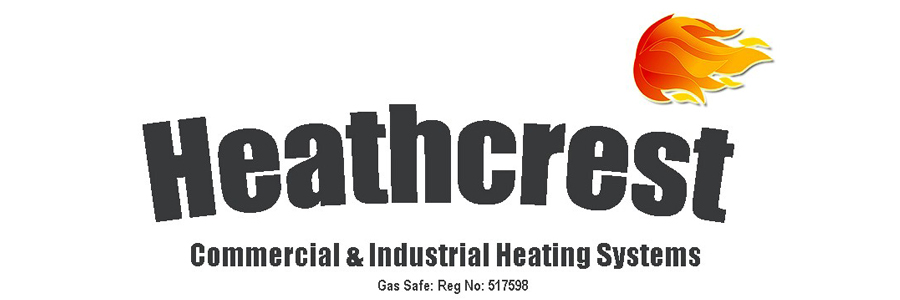Commercial buildings
Some general advice for industrial heating management
- The most common methods of heating commercial buildings are via radiators, warm air handling units and electric heaters – Where possible use unit or radiant heaters as these are very cost effective methods of heating large retail areas, warehouses and factories with large airy spaces that can be hard to heat.
- Control your fan use – Turn off air-handling fans when there’s no demand for ventilation and use locally situated thermostats.
- Setting the right temperature – Fit thermostatic radiator valves (TRVs) if radiators are being used and set them to the minimum comfort level as lowering room temperatures by just one degree centegrade can reduce your annual heating bill by up to ten percent.
- If you employ expensive electric heating, you should add timers and thermostats and regularly check their settings.
- Boiler Care – Service boilers every year this not only ensures that they run more efficiently, they will also last longer.
- Request combustion reports – efficiency improvements after the service can be seen as reduced flue gas temperatures and increased carbon dioxide.
- Consider local needs – Not every area has to be heated to the same temperature. Where people are more active lower comfort levels may apply. Discover and record temperatures in areas that seem particularly hot or cold and add controllers and timers. Finding the right balance can not only result in a happier workforce it can also affect productivity.
- Safety – Always ensure heaters are unobstructed and sign areas to ensure the practice is upheld. Radiant heaters can become very hot, sign accordingly, mount units at a safe height and control them using ‘black bulb thermometers’ located in direct ‘line of sight’ of the heater.
- Investment pays dividends – Fit ‘interlock’ controls in workshops to switch off heating units when doors are open. Consider replacing electrical heating systems with either gas or oil-fired systems.

